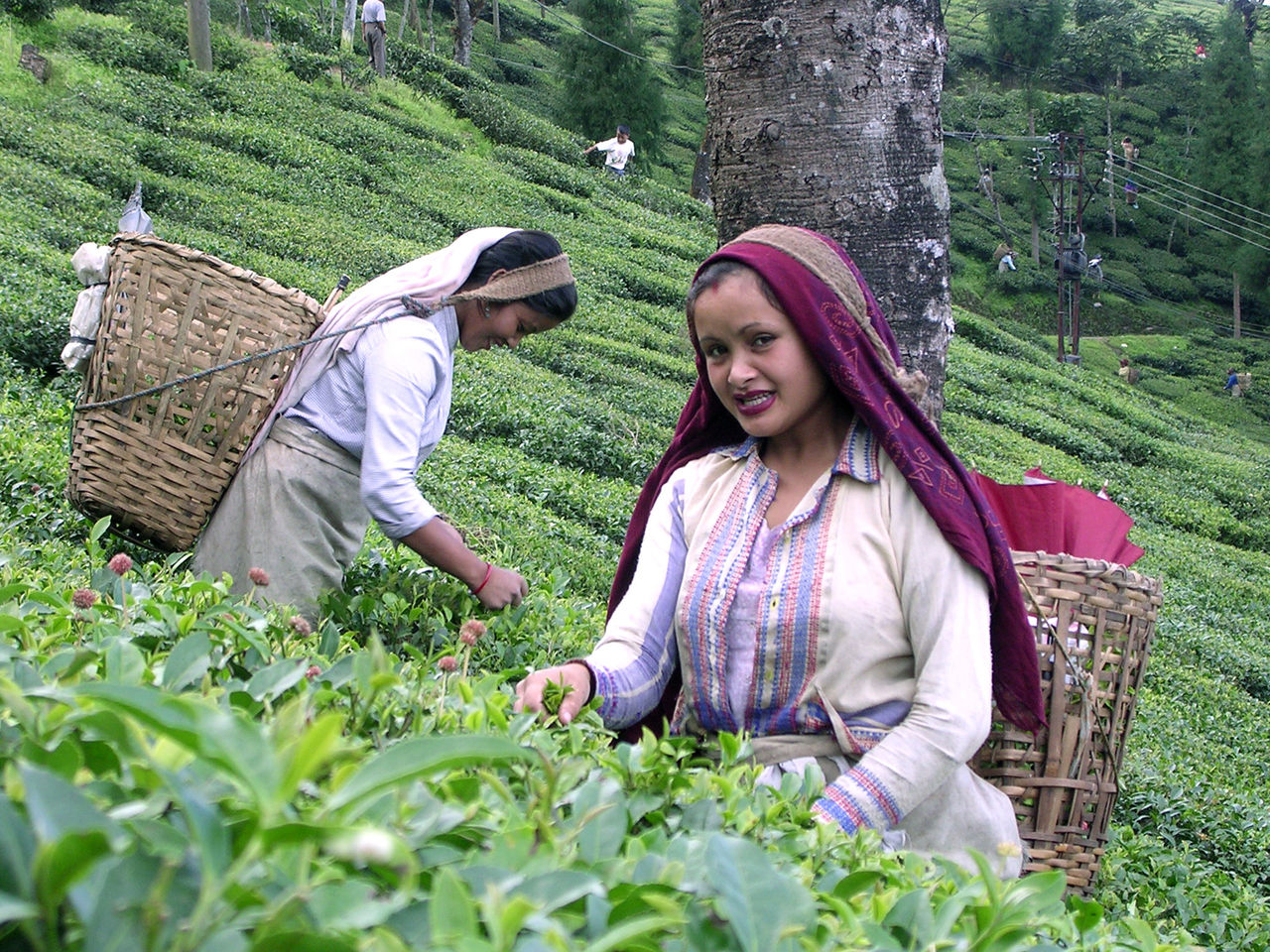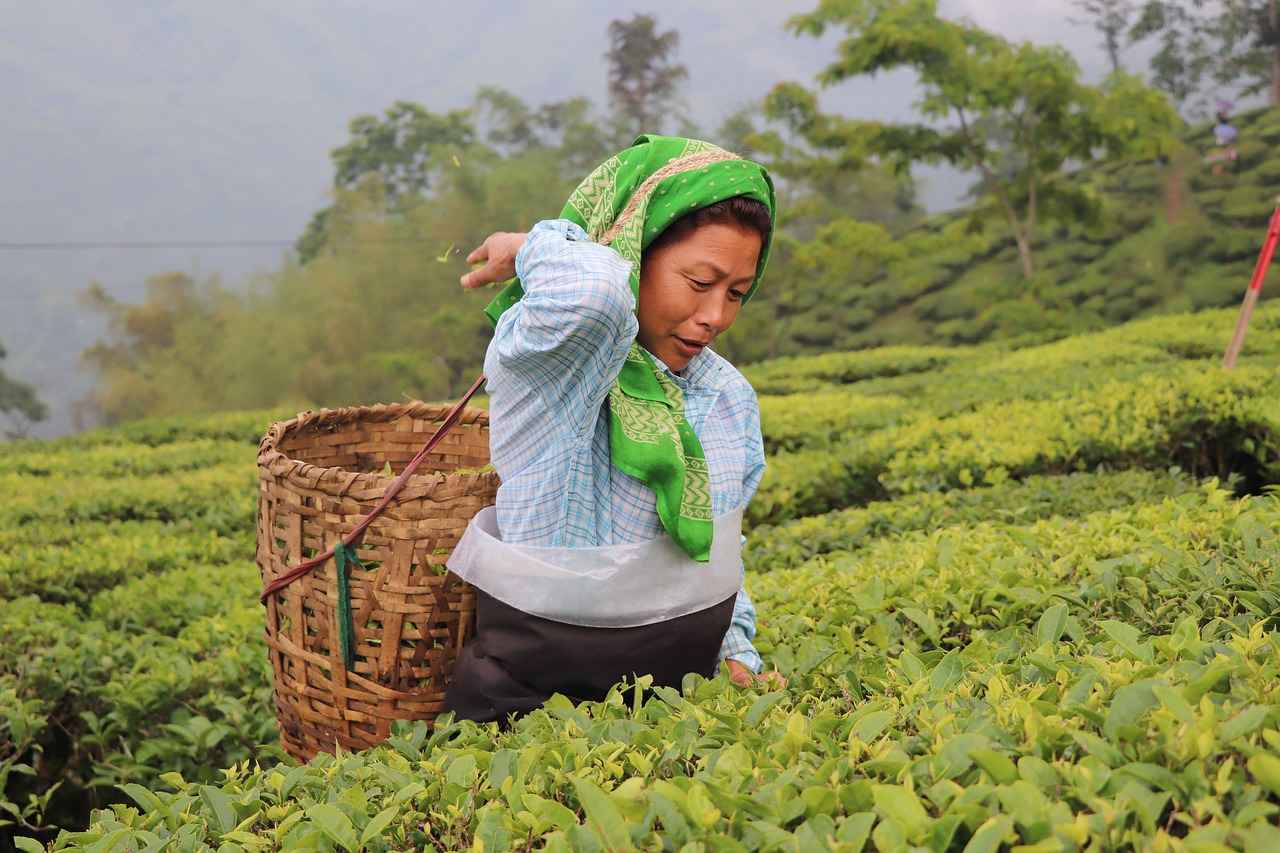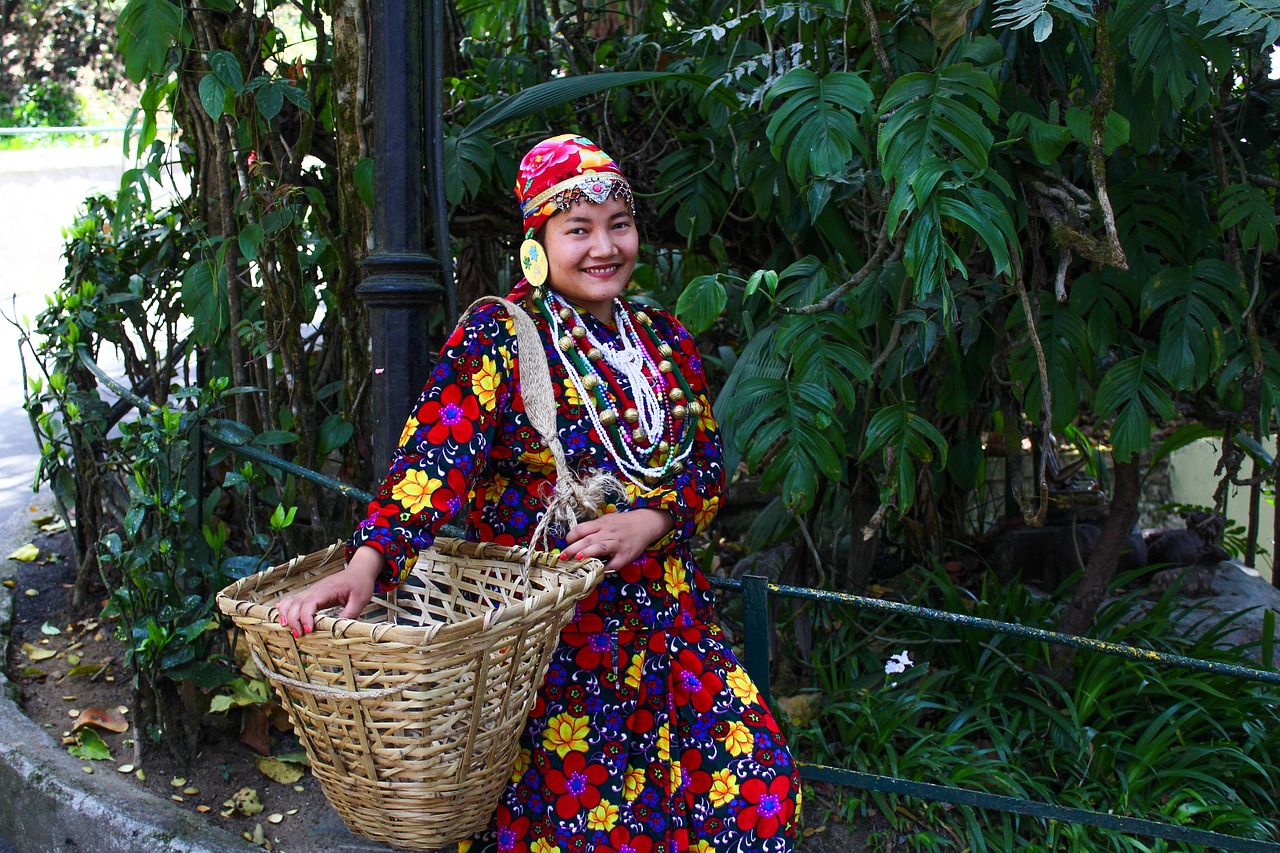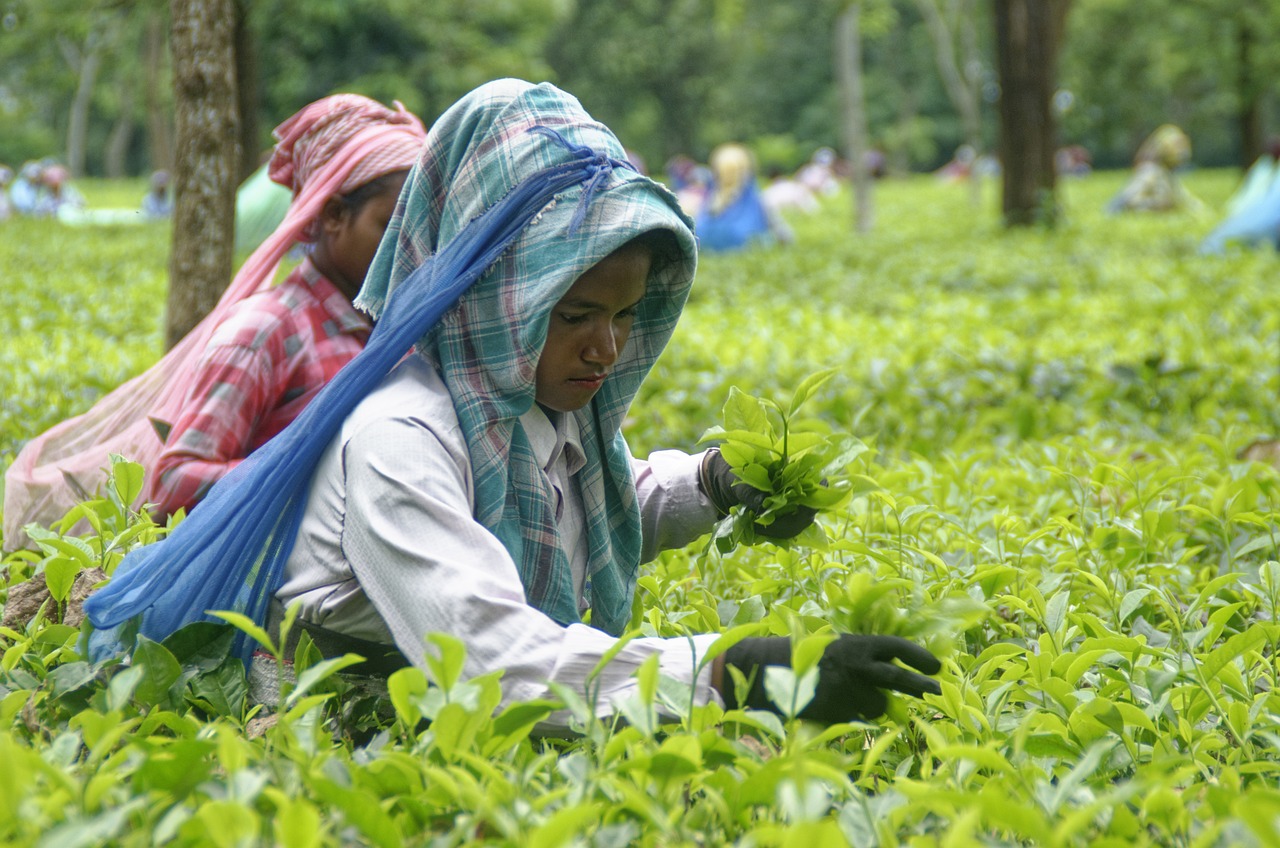Savoring the Flavor: A Guide to Exploring Darjeeling’s Tea Plantations
Nestled in the foothills of the Himalayas in the northeastern state of West Bengal, India, lies the picturesque town of Darjeeling. Known for its lush green tea plantations, stunning vistas, and rich cultural heritage, this charming town has captured the hearts of travelers for generations. In this article, we’ll take a closer look at the tea plantations of Darjeeling, the best places to visit, and the experiences and activities that make this destination so special.
Darjeeling tea is known worldwide for its delicate aroma, smooth flavor, and distinct taste. The tea plantations in Darjeeling cover over 17,000 hectares of land and produce some of the best teas in the world. Visitors can explore the tea estates and learn about the history and production process of this famous beverage.


Happy Valley Tea Estate
One of the most popular tea plantations to visit is the Happy Valley Tea Estate. Established in 1854, Happy Valley is one of the oldest tea estates in Darjeeling. Visitors can take a guided tour of the estate and witness the tea production process first-hand. From plucking the tea leaves to processing and packaging, the tour provides a comprehensive insight into the tea-making process. The estate also has a tea factory museum where visitors can learn about the history of tea in Darjeeling.
Glenburn Tea Estate
Another must-visit tea plantation is the Glenburn Tea Estate. Spread over 1,600 acres, Glenburn offers breathtaking views of the Kanchenjunga mountain range and the surrounding landscape. The estate has a rich history, dating back to the 1800s, and offers visitors an opportunity to stay in luxurious bungalows amidst the tea gardens. Guests can also participate in tea-tasting sessions and take guided tours of the plantation.


Apart from the tea plantations, Darjeeling has several natural landmarks that are worth visiting. The Tiger Hill, located at an altitude of 2,590 meters, offers panoramic views of the sunrise over the Himalayas. The hill is also home to the Tiger Hill Observatory, which provides a stunning view of Mount Everest and Mount Kanchenjunga. The Batasia Loop, a spiral railway loop, is another popular attraction in Darjeeling. The loop provides a breathtaking view of the town and the surrounding mountains.
Exploring the Himalayan Mountaineering Institute in Darjeeling
For those interested in history, the Himalayan Mountaineering Institute is a must-visit. Established in 1954, the institute is dedicated to the promotion of mountaineering and adventure sports in India. The institute has a museum that displays mountaineering artifacts, equipment, and photographs.
When it comes to food, Darjeeling has a unique cuisine that is a blend of Tibetan, Nepali, and Bengali influences. Some of the must-try dishes include momos, thukpa, and churpee. The Keventer’s Cafe, located in the heart of Darjeeling, is a popular spot for breakfast and serves delicious pancakes, waffles, and English breakfast. Another popular restaurant is the Glenary’s Bakery and Cafe, which offers a variety of baked goods and snacks.
Best Accommodations
In terms of accommodations, Darjeeling offers a range of options to suit every budget. From luxury hotels to guesthouses and homestays, there is something for everyone. The Windamere Hotel, located in the heart of Darjeeling, is a heritage property that offers luxurious rooms and suites. The Mayfair Darjeeling is another popular choice for those looking for a luxurious stay. For those on a budget, there are several guesthouses and homestays that offer comfortable and affordable accommodations.


In conclusion, a trip to Darjeeling’s tea plantations offers an opportunity to experience the region’s rich history, stunning landscapes, and unique culture. Whether you’re a tea enthusiast or an adventure seeker, Darjeeling has something for everyone.
To summarize, the best places to visit in Darjeeling include the Happy Valley Tea Estate and the Glenburn Tea Estate, along with natural landmarks such as Tiger Hill and the Batasia Loop. Visitors can also explore the Himalayan Mountaineering Institute and sample the local cuisine at restaurants such as Keventer’s Cafe and Glenary’s Bakery and Cafe. When it comes to accommodations, Darjeeling offers a range of options to suit every budget.
Frequently Asked Questions (FAQs)
A: Darjeeling tea is renowned for its delicate aroma, smooth flavor, and distinct taste. The unique combination of climate, altitude, and soil conditions in Darjeeling contributes to the high quality and unique characteristics of the tea.
A: Some popular tea plantations to visit in Darjeeling are the Happy Valley Tea Estate and the Glenburn Tea Estate. These estates offer guided tours, tea-tasting sessions, and insights into the tea production process.
A: Tiger Hill, known for its panoramic views of the sunrise over the Himalayas, is a must-visit natural landmark. The Batasia Loop, a spiral railway loop, also offers breathtaking views of the town and the surrounding mountains.
A: The Himalayan Mountaineering Institute is renowned for promoting mountaineering and adventure sports in India. It has a museum displaying mountaineering artifacts, equipment, and photographs.
A: Darjeeling offers a unique blend of Tibetan, Nepali, and Bengali cuisine. Must-try dishes include momos (dumplings), thukpa (noodle soup), and churpee (hard cheese). Keventer’s Cafe and Glenary’s Bakery and Cafe are popular spots to sample local and international cuisine.
FAQs
A: Darjeeling offers a range of accommodations to suit different budgets. The Windamere Hotel and the Mayfair Darjeeling are popular luxury options. Additionally, there are guesthouses and homestays available for those seeking affordable and comfortable accommodations.
A: The best time to visit Darjeeling is during the spring (March to May) and autumn (September to November) seasons when the weather is pleasant and the skies are clear, offering better visibility of the mountains.
A: Darjeeling is well-connected by road, rail, and air. Bagdogra Airport is the nearest airport, approximately 90 kilometers away. The New Jalpaiguri (NJP) railway station is the closest railhead, and there are regular train services from major cities. From there, you can hire a taxi or take a shared cab to reach Darjeeling.
A: Yes, Darjeeling and its surrounding areas offer several trekking opportunities. Popular treks include the Singalila Ridge Trek, Sandakphu Trek, and the trek to the nearby village of Tumling.
A: Darjeeling celebrates various cultural festivals throughout the year. The Darjeeling Carnival, the Darjeeling Tea and Tourism Festival, and the Khangchendzonga Festival are some of the prominent festivals that showcase the region’s culture, music, dance, and traditions.
Leave a Reply